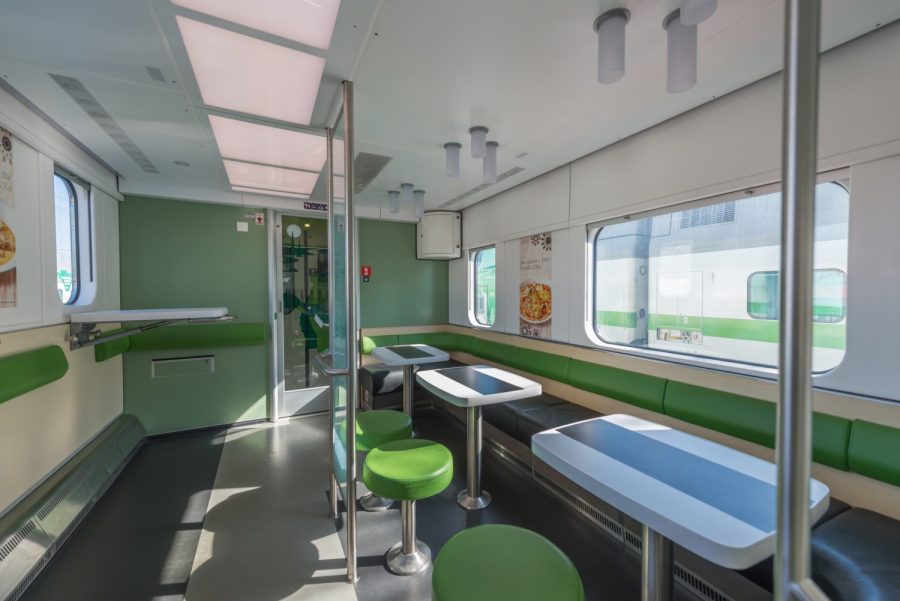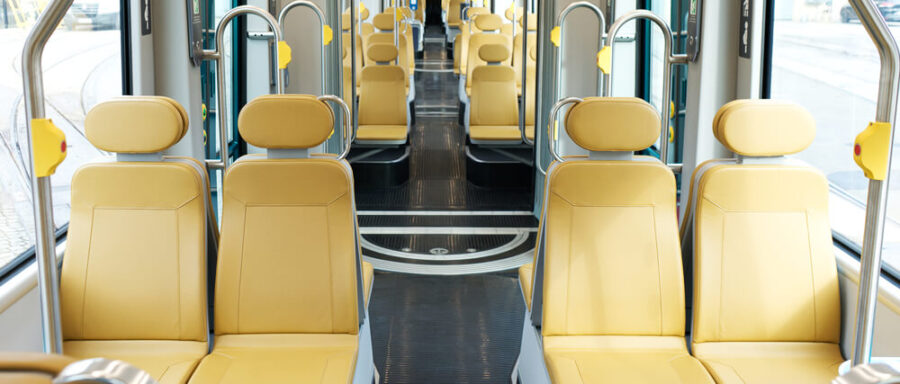Lightweight design
Embracing more lightweight and sustainable design with composites
In the ever-evolving engineering and manufacturing landscape, lightweight design is emerging as a pivotal trend, driven by the pursuit of sustainability and cost savings. A significant shift from traditional component materials like steel and aluminum to composites is underway, marking a revolutionary step forward in multiple industries. Let’s delve into the transformative potential of composite materials and their impact on modern design paradigms.
Steel and aluminum have long been the stalwarts of manufacturing, prized for their strength, durability, and versatility. However, these materials come with inherent limitations that increasingly clash with contemporary demand — designing more lightweight structures and concurrently achieving strength and durability in the harshest environments. Enter the world of composites.
Towards optimal component strength, weight, and durability
Composites provide the necessary strength without the added weight, making them ideal for critical weight savings applications. For example, vehicle manufacturers increasingly use composites in bodies, chassis, and interior components to reduce weight and improve fuel efficiency. Electric vehicles, in particular, benefit from composites, as lighter materials contribute to longer battery life and more excellent range, without forgetting fire safety.
Composite materials, such as carbon fibre and fiberglass composites, are significantly lighter than traditional metals. Their specific gravity is typically about half that of aluminum and about one-quarter of steel. This means that using composites can substantially reduce the overall mass of structures.
Although aluminium is considerably lighter than steel, its’ lower density comes with a trade-off in strength and stiffness. Also, material costs can be a significant barrier, especially for large-scale manufacturing projects where material costs can substantially impact the overall budget. Concurrently, as aluminium can work harden quickly, it can complicate machining processes. Also, some aluminium alloys can become brittle at low temperatures, restricting their use in certain environmental conditions. Further issues, such as galvanic corrosion, occur when aluminium encounters other metals.


- Aluminum: Specific gravity approximately 2.7 g/cm³
- Steel: Specific gravity approximately 7.8 g/cm³
- Carbon fibre composite: Specific gravity approximately 1.5-2 g/cm³
- Fiberglass composite: Specific gravity approximately 1.8-2 g/cm³
The potential maximum savings achievable with composites are, therefore, substantial. For instance, if the goal is to reduce the mass of a structure by 25%, composites can achieve savings of up to 50-75%, depending on the details of the structure and the materials used.
In addition, although composites are lightweight, they do not compromise on strength. Their tensile strength and stiffness can be significantly higher than steel or aluminium. This allows for the design of thinner, lighter structures that still meet or exceed required strength standards. Another significant advantage of composite materials is their inherent corrosion resistance. Aluminium can corrode, and steel can rust, necessitating additional treatments and maintenance. Instead, composites are naturally corrosion-resistant, reducing the need for maintenance and extending the lifespan of structures.
Summary
Composites provide a desirable option for traditional materials, offering significant advantages:
- Mass savings: Composites are substantially lighter than traditional metals, enabling weight savings of 50-75%.
- Strength: Composites maintain or exceed the strength properties of steel and aluminum.
- Corrosion resistance: Composites do not suffer from corrosion, reducing maintenance needs and extending the lifespan of structures.
Lico at your service: the earlier, the better
With Lico, the cooperation with designers is straightforward. As a trusted Finnish company with 30 years of experience and ISO quality and environmental standards, Lico meets its clients’ expectations. After the successful design phase, Lico produces a prototype to which slight changes can still be made. The optimal amounts for serial production vary from 100–2000 items. The company uses local subcontractors and proven European logistic operators in its supply chain.
The best benefits are delivered when a composite solution provider is included in the project from the design phase. The client owns the IPR for product shape and measures, and Lico ensures the design is optimized for usability, sustainability, and manufacturing.
Let's discover the best design solutions together!